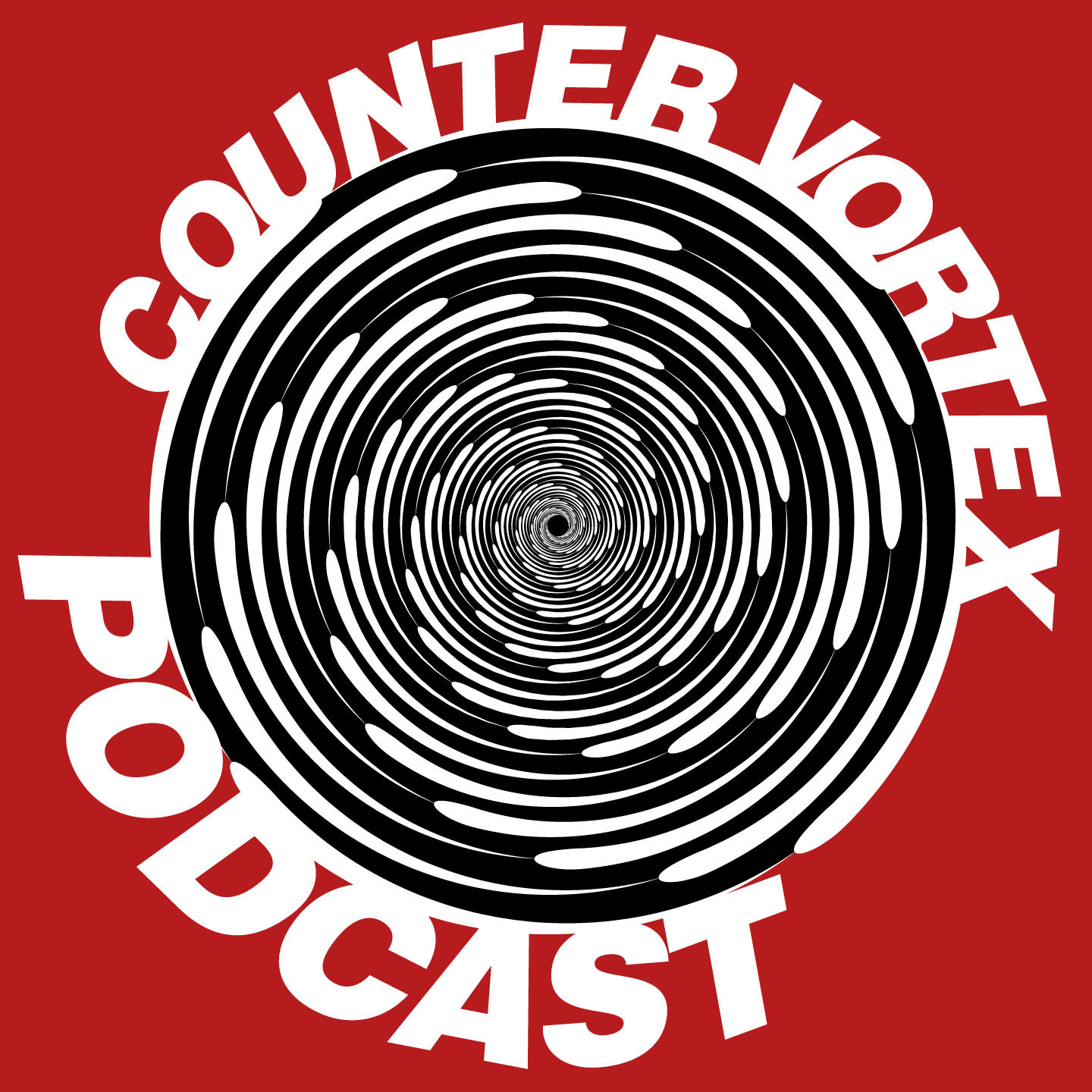TURKISH KURDISTAN: ERASURE OF A CULTURE
by Diego Cupolo, IRIN
In July 2015 a new phase of the decades-old conflict between the Turkish government and Kurdistan Workers Party (PKK) militants erupted after a two-and-a-half year peace process failed: the largely rural guerrilla war entered majority-Kurdish towns and cities in the southeast as government forces went house-to-house to root out PKK-linked fighters.
Fighting was most intense in the central neighborhoods of Sur district, a UNESCO World Heritage site in the provincial capital of Diyabakir, where ancient fortified walls surround historic mosques, churches, and synagogues. The ten months of conflict, including a three-month siege that damaged or destroyed the majority of buildings, has left many of those displaced by the violence feeling as if they must now fight for their homes and for their community and culture to live on.
On the hunt for votes ahead of his June re-election, Turkish President Recep Tayyip Erdogan visited Sur in March, promising to renovate the district as part of a 2.3-billion Turkish lira ($500 million) plan to revitalise the southeast. He spoke of creating a vibrant economy and a new tourism boom.
But most of Sur’s original residents – the majority Kurds, 24,000 of whom are still displaced by the fighting, which lasted until March 2016 – won’t be able to afford the new buildings going up where their homes once stood.
Continue ReadingTURKISH KURDISTAN: ERASURE OF A CULTURE

